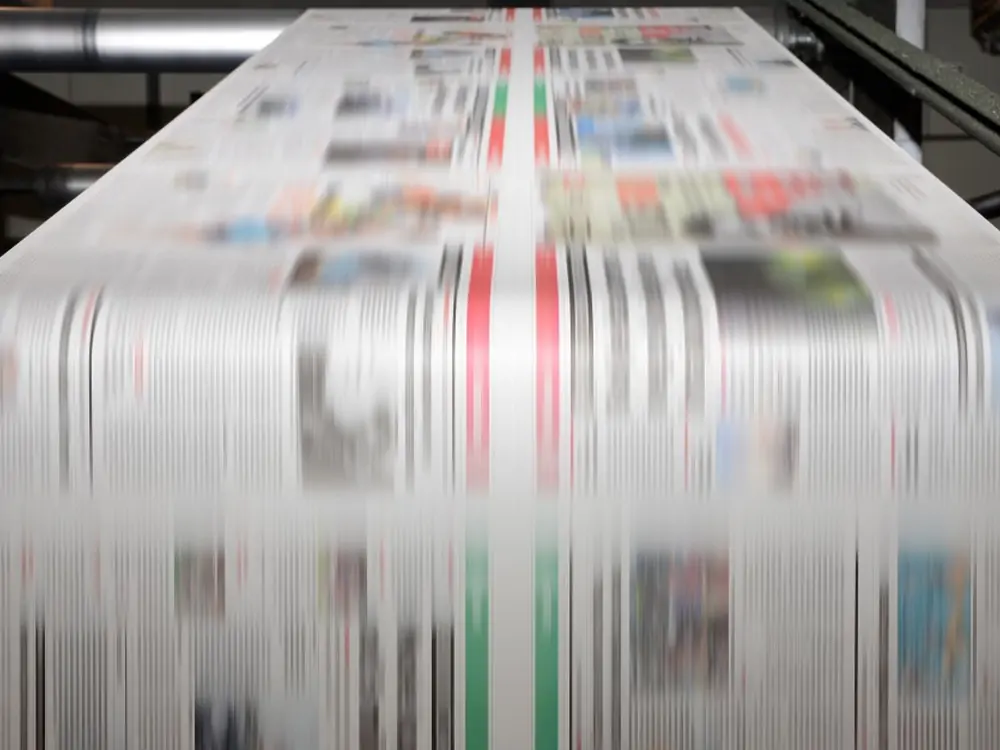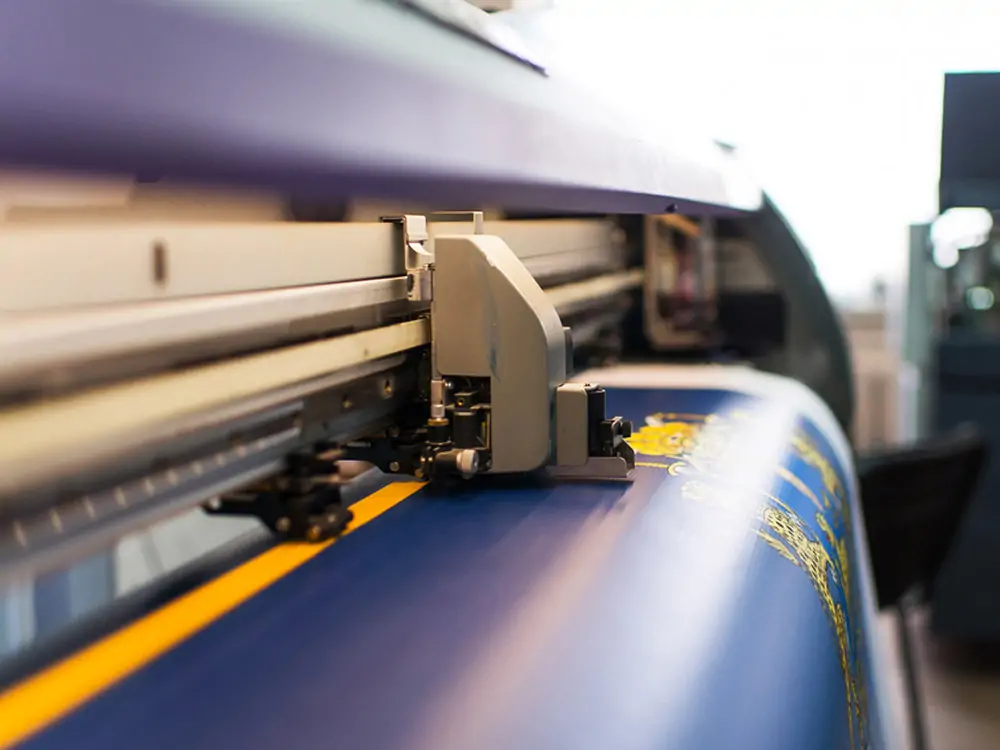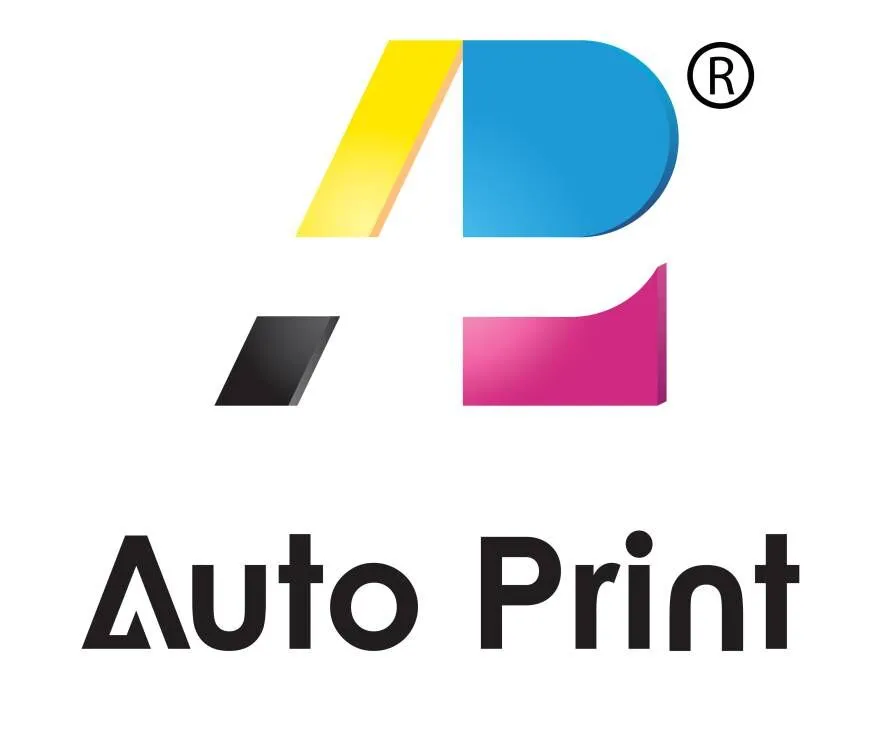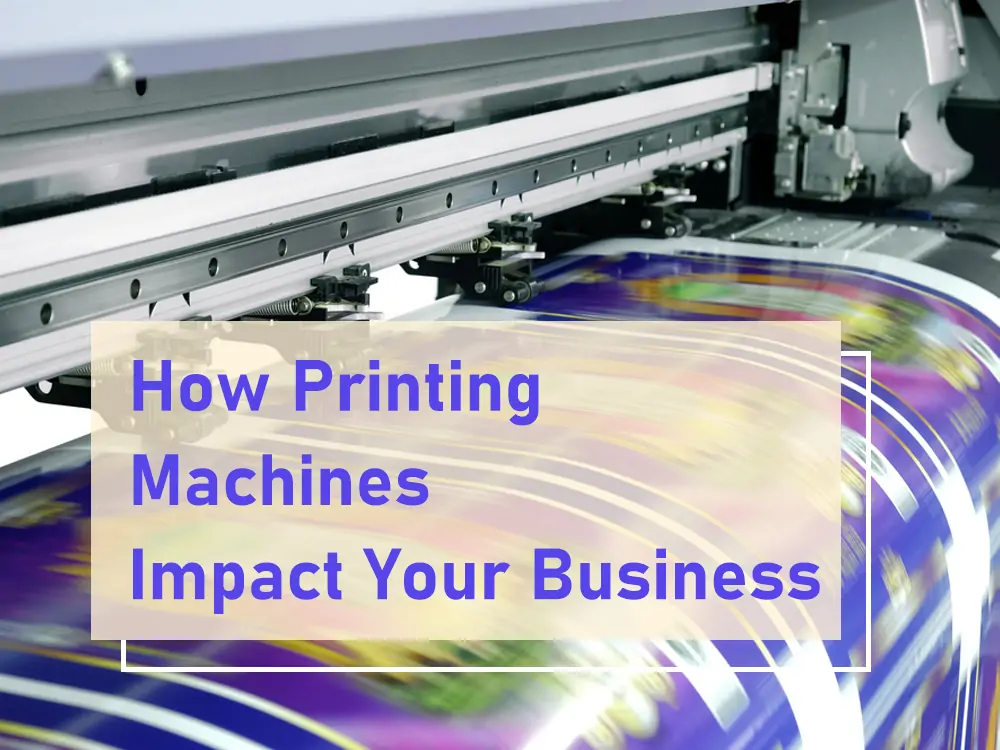In today’s digital age, communication has predominantly shifted to online. And the importance of print quality might need to be improved. However, the truth remains that printing materials still hold significant value for businesses. Whether business cards, brochures, flyers, or other promotional materials, printing quality can greatly influence how your business is perceived. This blog will explain why print quality matters and how printing machines are pivotal in shaping your business’s image and success.
Why Good Print Quality Matters?
Good print quality is characterized by several key attributes. They will contribute to clear, vibrant, and visually appealing printed materials. Here are some factors that qualify as indicators of good print quality.
1. Sharp Image Detail
A key aspect of good print quality is reproducing images with sharp and clear detail. Fine lines, textures, and small elements should be well-defined and easily discernible.
2. Accurate Color Reproduction
High-quality printing should accurately reproduce colors as intended. Vibrant and consistent color representation across different prints is crucial for maintaining brand identity.
3. Smooth Gradients
A sign of good print quality is the ability to reproduce smooth gradients. Especially in photographs or images with gradual color transitions. This ensures that the transition from one color to another is seamless.
4. No Visible Pixelation
A sign of good print quality is the ability to reproduce smooth gradients. Especially in photographs or images with gradual color transitions. This ensures that the transition from one color to another is seamless.
5. Crisp Text And Fonts
The text should be sharp and easily readable, even in smaller font sizes. Well-defined letters without jagged edges contribute to the overall professionalism of the printed material.
6. Even Ink Distribution
Good print quality ensures that ink is evenly distributed across the print, avoiding areas of excessive saturation or faded colors. This contributes to a consistent and pleasing visual appearance. Further, Ink should not bleed or blotch, causing smudges or uneven patches on the printed material. Clean and crisp edges are indicative of good-quality printing.
7. Consistent Print-to-Print Results
Printing consistency is crucial. A high-quality print should be consistently replicated across multiple copies, maintaining the same level of clarity, color, and detail.
8. Accurate Registration
In multi-color prints, accurate registration is key. Different color layers should align precisely without misalignment or “off-registration” issues. The paper feed should be smooth and reliable, avoiding paper jams, misfeeds, or skewing that can impact the print alignment and quality.
9. No Visible Artifacts
Good print quality should be free from artifacts like streaks, lines, or unwanted patterns that detract from the overall visual appeal.
10. Durable And Long-lasting
Further, Quality printing pays attention to fine details. It will ensure that intricate elements, textures, and small text are accurately reproduced without distortion.

How Printing Machines Impact Your Business
1. The Power of First Impressions
A key aspect of good print quality is reproducing images with sharp and clear detail. Fine lines, textures, and small elements should be well-defined and easily discernible.
2. Brand Identity and Recognition
Printing machines that accurately reproduce your brand colors and logo. It can create a consistent and recognizable visual identity across all printed materials. This consistency fosters brand recognition and builds trust among your target audience.
3. Communication Effectiveness
Clear communication is essential for any business. High-quality printing machines ensure that your text and images are sharp and legible. It makes it easier for customers to understand your message. Whether it’s a product brochure, a menu, or a promotional poster, good print quality enhances the effectiveness of your communication efforts.
4. Professionalism And Credibility
Investing in top-notch printing machines demonstrates your commitment to professionalism. Clients pay attention to the finer details, including the quality of printed materials. Professionalism breeds credibility, which can lead to increased business opportunities and growth.
5. Competitive Edge
In a crowded marketplace, standing out is crucial. High-quality printed materials set your business apart from competitors who might opt for cheaper and inferior printing options. Your materials reflect your dedication in a world where visual appeal matters.
6. Cost-Efficiency in The Long Run
While high-quality printing machines produce consistent results with minimal wastage, reducing the need for reprints and minimizing the overall printing costs over time.
7. Customer Perception And Loyalty
Customers associate the quality of your printed materials with the quality of your products or services. Investing in printing machines that produce superior output enhances the perceived value of your offerings.

Negative Impacts of Poor Quality Printing on Your Business
1. Unprofessional Image
This negatively impacts how clients, partners, and customers perceive your brand, potentially causing them to doubt the quality of your products or services.
2. Brand Reputation Damage
Your brand’s reputation takes years to build but can be damaged quickly due to poor-quality printing. If customers receive materials that appear cheap or poorly executed, they might question the reliability and credibility of your brand. Negative word-of-mouth can spread, further tarnishing your reputation and hindering potential growth.
3. Ineffective Communication
Clarity in communication is essential for conveying information effectively. Poor-quality printing can make text illegible, images unclear, and important details indistinguishable. This leads to confusion among recipients, potentially resulting in missed opportunities or misunderstandings.
4. IneffecLoss of Customer Trust
Customers trust businesses that show attention to detail and commitment to quality. When they receive materials with subpar printing, it erodes that trust. They might start doubting the quality of your offerings and question your dedication to meeting their needs.
5. Reduced Impact of Marketing Efforts
Poor quality printing diminishes the visual impact of these materials, reducing their effectiveness in attracting potential customers and leaving a lasting impression.
6. Missed Revenue Opportunities
Imagine losing a potential client or partnership opportunity because of a poorly printed proposal or presentation. Poor quality printing can cost your business significant revenue by not effectively conveying the value and potential of your products or services.
7. Wasted Resources
Low-quality printing often wastes resources, including paper, ink, and time. Frequent reprints to correct errors or improve print quality increase operational costs and decrease overall efficiency.
8. Lack of Differentiation
In a competitive market, businesses strive to stand out. Quality printing can help your ability to differentiate from competitors. When materials need visual appeal and professionalism, your brand might get lost among others who invest in higher-quality printing.

Examples of Poor Printing
Certainly, here are some examples of print quality issues that businesses might encounter:
Blurry Images
Printed images with low resolution or improper settings can appear blurry or pixelated, diminishing their visual impact and professionalism.
Faded Colors
Poor color calibration or low-quality inks can result in colors that appear washed out or dull, failing to represent the brand’s identity accurately. Further, If the color output varies from what is intended, it can lead to inconsistent branding and cohesion among printed materials.
Misregistration or Jagged Lines And Text
Misalignment of different color layers can lead to a “halo” effect around images or text. It makes the print look unprofessional and visually unappealing. Similarly, lines or text printed without smooth edges appear jagged or rough. It indicates poor print resolution and detracts from the overall quality.
Ink Smudging or Bleeding
Low-quality paper or improper drying can cause ink to smudge or bleed, making the print appear messy and difficult to read.
Visible Banding
Uneven ink distribution during printing can result in visible lines or bands across the printed material. It maks look uneven and unprofessional.
Uneven Saturation
Some areas of the print have more ink saturation than others. It leads to uneven color distribution and an unbalanced appearance. Similarly, poor drying time or low-quality ink can lead to smearing when the print is touched, diminishing the professionalism of the material.
Paper Jams or Skewing
Low-quality printing often wastes resources, including paper, ink, and time. Frequent reprints to correct errors or improve print quality increase operational costs and decrease overall efficiency.
Glossy or Matte Effect Inconsistencies
If glossy or matte effects are applied inconsistently across the print, it can disrupt the overall appearance and create a distracting contrast. Similarly, ghosting occurs when an image or text from a previous print job is faintly visible on subsequent prints. It will lead to a messy and unprofessional outcome.
Overlapping or Clipping
Content that is cut off or overlapping incorrectly due to incorrect margins or scaling can result in a visually cluttered and confusing print.
These examples highlight the importance of investing in high-quality printing equipment and proper maintenance. It will avoid these issues and ensure that printed materials accurately reflect the brand’s identity and professionalism.

Conclusion
Print quality remains a vital aspect of business success in the digital age. High-quality printing machines shape your brand’s image, communication effectiveness, and professionalism. Investing in these machines is an investment in your business’s reputation and long-term growth. By understanding the impact of print quality on your business, you can increase brand recognition and enhance your competitive advantage.

